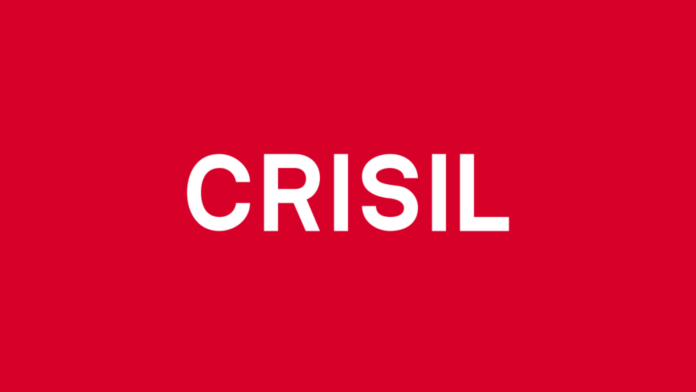Moderating input prices to offset impact of higher marketing spends keeping margins stable
Organised sector brick & mortar apparel retailers are set to sew 7-8% revenue growth this fiscal, buoyed by festival and marriage season demand, and despite inflation impacting discretionary spending in the first quarter. Continued store expansion, including to Tier II and III cities, will also help growth this fiscal and over the medium term.
Despite the moderation, revenue growth will be comparable to the ~8% range seen before the pandemic.
Last fiscal, retailers had stitched a strong 38% growth on a low base, driven by swift recovery from the pandemic-induced slump and higher realisations following a steep increase in raw material prices, which was passed on.
Operating margins1 are seen rangebound at ~8% this fiscal, as improving product mix in favour of the premium segment and lower input costs offset the impact of higher marketing spends.
The pace of store area addition will normalise to the pre-pandemic level of ~2.2 million square feet2 in fiscal 2024, compared with ~3.7 million square feet last fiscal. This, and steady accrual will limit reliance on external debt and keep credit risk profiles ‘Stable’.
A CRISIL Ratings analysis of 39 organised apparel retailers it rates, which accounted for a fourth of the ~Rs 1.9 lakh crore revenue last fiscal, indicates as much.
Says Anuj Sethi, Senior Director CRISIL Ratings, “Demand from the premium segment is rising gradually with consumers increasingly preferring branded garments, driven by return to office and buoyant corporate activity. This is helping offset muted-to-low demand from the economy and value segments (~60% of total revenues) because of changes in discretionary purchasing decisions, including due to rise in food inflation, in the recent past. With continuous store expansion, and the onset of the festive and wedding season, demand should improve materially in the third quarter (~35% of annual revenues) and a part of the fourth quarter, supporting revenue growth”.
Last fiscal, despite strong growth, revenue density (calculated as revenue per square feet) was below the pre-pandemic level (see chart in annexure) due to substantial area added under new stores. The metric is expected to improve this fiscal with the pace of area addition normalising and demand from the premium category — the high-end apparels and ethnic wear segments — rising. Yet, overall revenue density will remain below the pre-pandemic peak of ~Rs 11,700 per square feet.
Additionally, the share of online sales in overall revenue, which doubled to ~8% last fiscal from pre-pandemic levels, is expected to stabilise as consumers mix online and physical shopping.
Operating margin is seen at previous year’s level of ~8% despite significant reduction in prices of key raw material i.e. cotton; it has corrected ~20% in the first four months of fiscal 2024, over average of fiscal 2023. This is largely due to continuing aggressive marketing strategy including various offers/ discounts to boost consumer sentiment and revive discretionary spend.
While store expansion in metros and Tier I cities will continue, retailers are also expanding to Tier II/III cities, which will be relatively smaller-sized outlets. Hence, the pace of area addition will normalise to pre-pandemic levels this fiscal. That, coupled with continuing investments to augment technology platforms and omni-channel infrastructure for online offerings, will keep annual capital spending at last fiscal’s level of ~Rs 2,000 crore.
Says Shounak Chakravarty, Associate Director, CRISIL Ratings, “While the capex will be partly debt funded, stable cash flows will ensure debt metrics remain adequate, lending stability to credit profiles. We expect interest coverage and total debt/Ebitda (earnings before interest, taxes, depreciation, and amortisation) ratios of CRISIL Ratings rated apparel retailers to remain in line with previous fiscal’s level of ~8 times and 1.5 times, respectively.”

